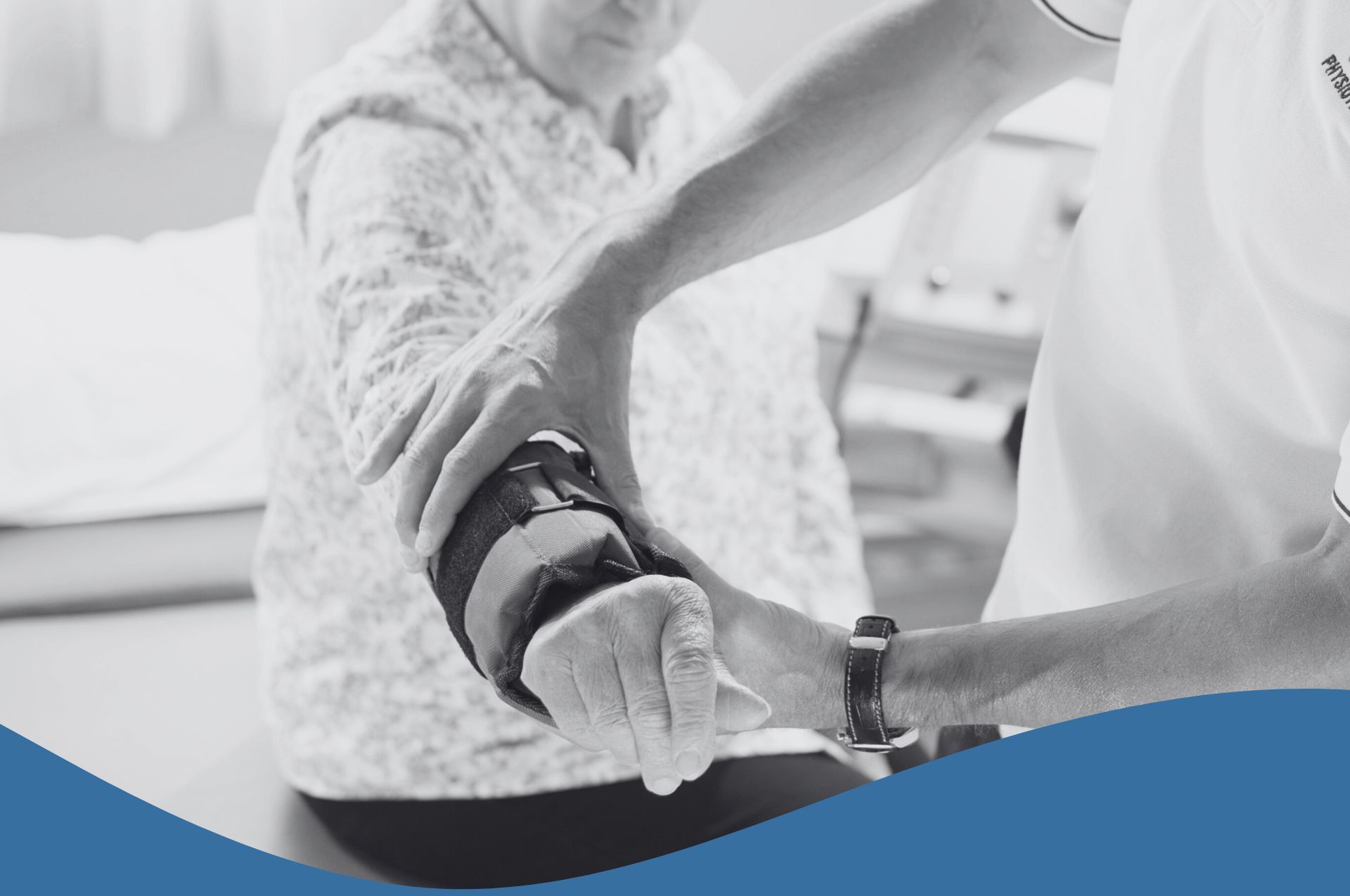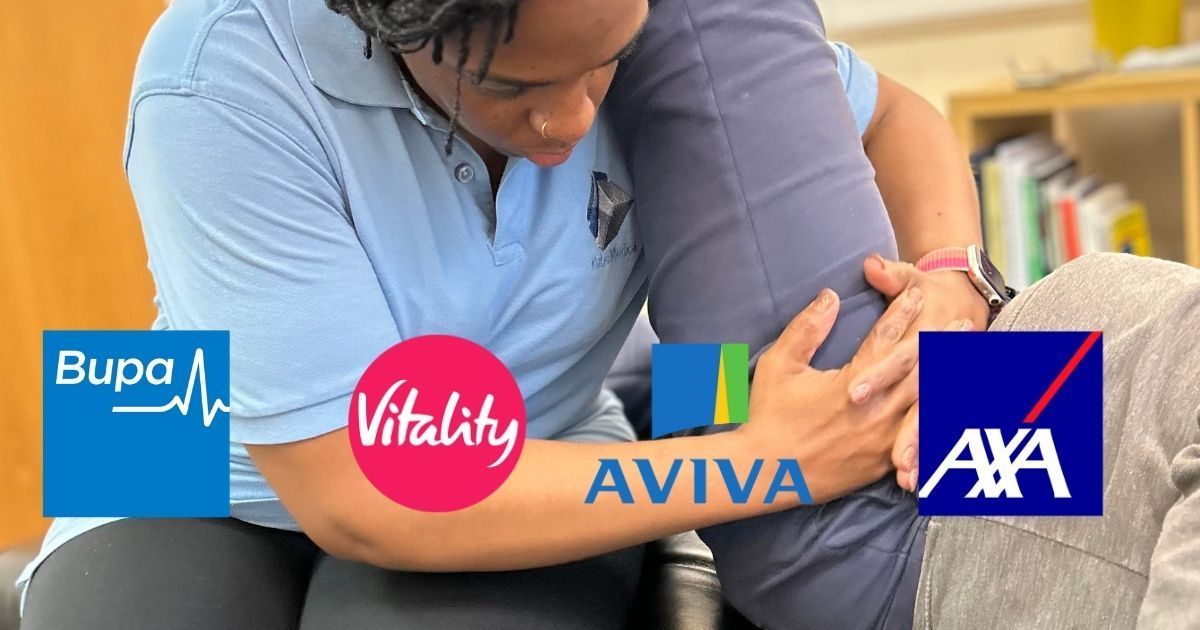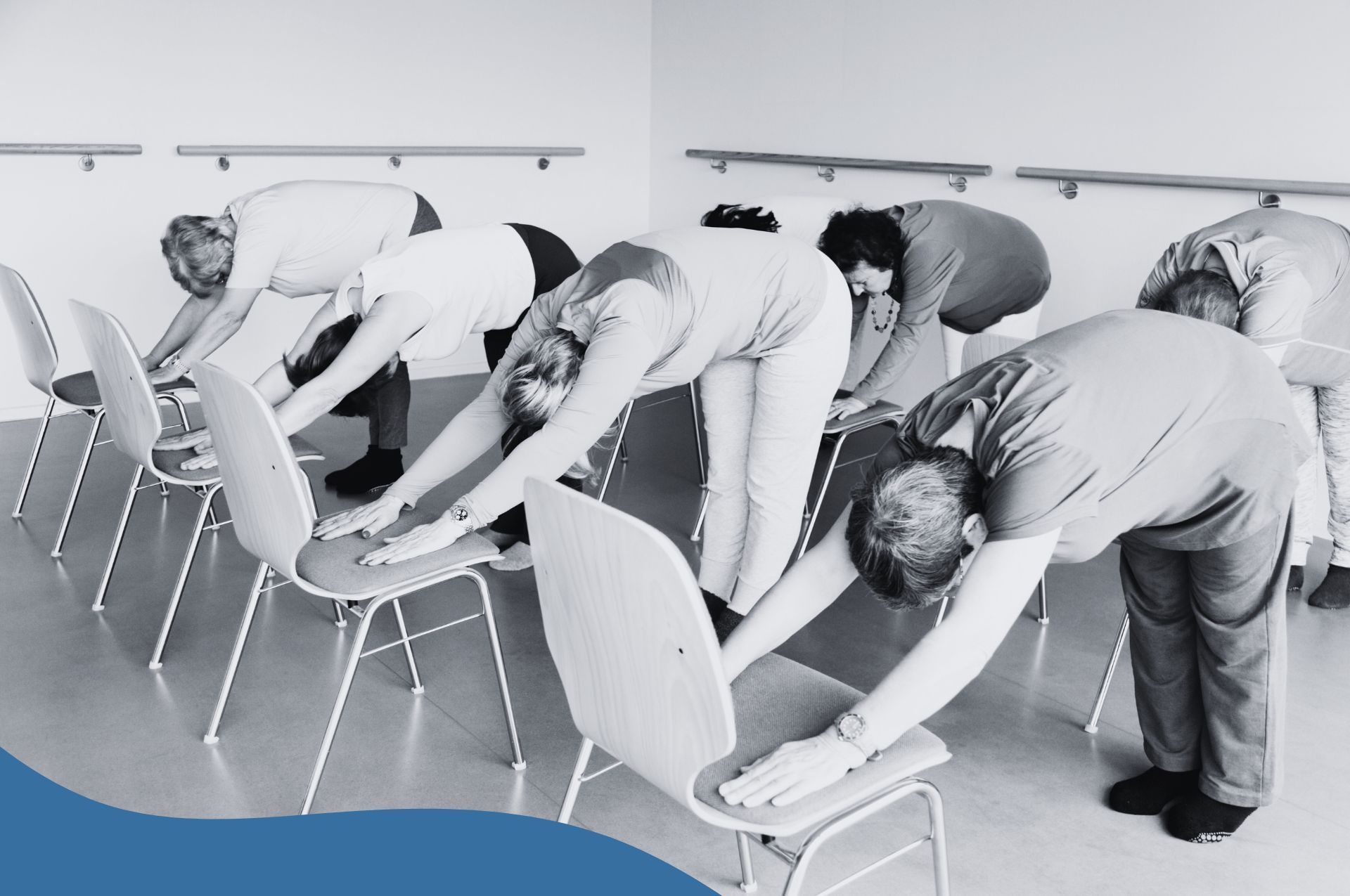Tackling the pain of a banged toe
Samantha Campbell • 8 March 2020
Tacking the Pain of a Banged Toe
Breaking or spraining a toe can be very painful, but how can long term toe pain be treated?
Picture this, if you can: You’re walking barefoot past a piece of furniture or through a doorway and suddenly your spatial awareness deserts you. The sound of the impact hits you just before the pain. Suddenly you’re using language that would make a squaddie blush.
Broken and sprained toes can be extremely painful. They usually heal within 6-8 weeks. Sometimes, the impact of the injury can lead to joint dysfunction, which results in longer term pain.
Painful toes can affect lots of aspects of our lives and get in the way of regular exercise. As well as the original injury, painful toes can cause us to alter the way we walk (aka altered gait). The more this goes on, the more impact it can have on our bodies. Ultimately it can lead to pain in the knee, shin, calf or heel.
If this sounds familiar to you, and your toe pain is still lingering after 8 weeks, come and see us at Kube Medical. One or two treatments is usually enough deal with toe dysfunction, though resolving any related gait issues is likely to take a bit longer.
...And next time, mind the coffee table!

At Kube medical, we believe high-quality physiotherapy should be accessible, comfortable, and convenient. That’s why we provide professional home-visit physiotherapy services, helping you recover in the comfort of your own home and at a time that fits your lifestyle. Whether you're recovering after surgery or trying to fit treatment around a busy schedule, our personalised approach ensures you feel supported, motivated and confident every step of the way.

As the days get shorter and the air turns crisp, many of us start dreaming about fresh powder, mountain air, and that first exhilarating run of the ski season. But before you dust off your boots, it’s worth thinking about one crucial thing: your body’s readiness. Whether you’re a seasoned skier eager to hit the slopes from day one, or an occasional skier looking to make the most of a long-awaited trip, a little “pre-hab” — preparing your body in advance — can make all the difference between an enjoyable week on the mountain and one cut short by fatigue or injury.

There’s no easy way to put it — the sudden closure of Private Midwives has left a real void, both professionally and personally, for many highly experienced tongue tie practitioners. It’s disrupted livelihoods, interrupted the continuity of care for families, and forced many to face a wave of uncertainty.








